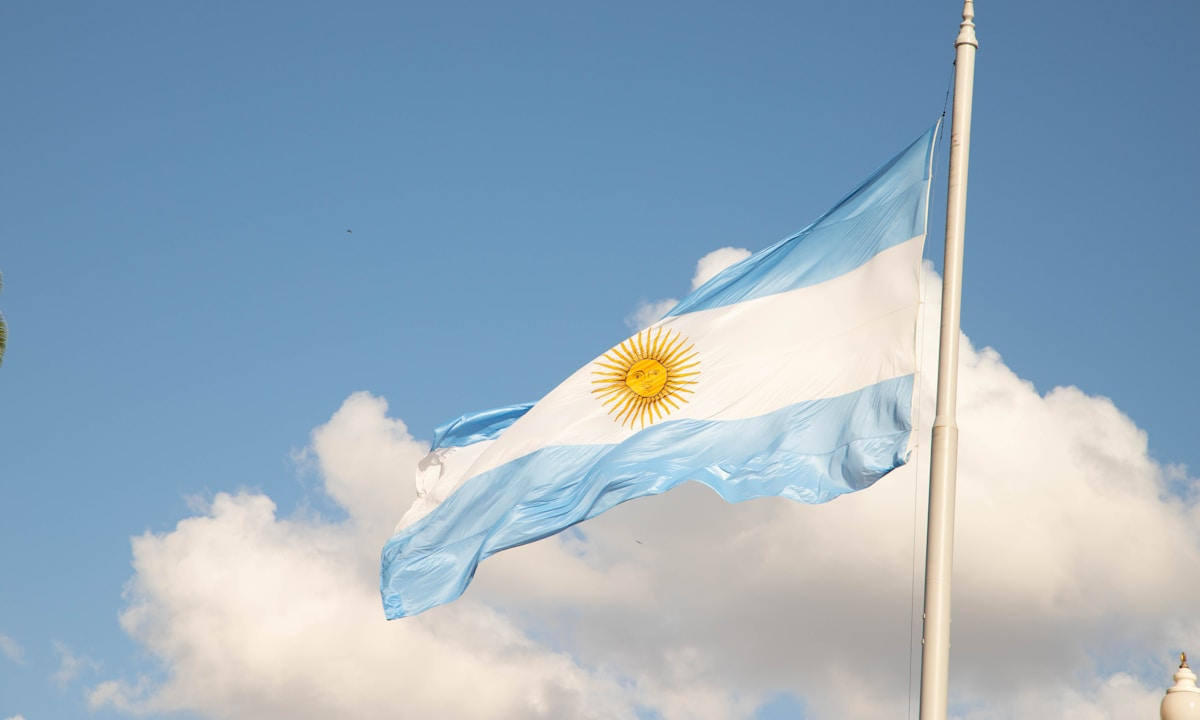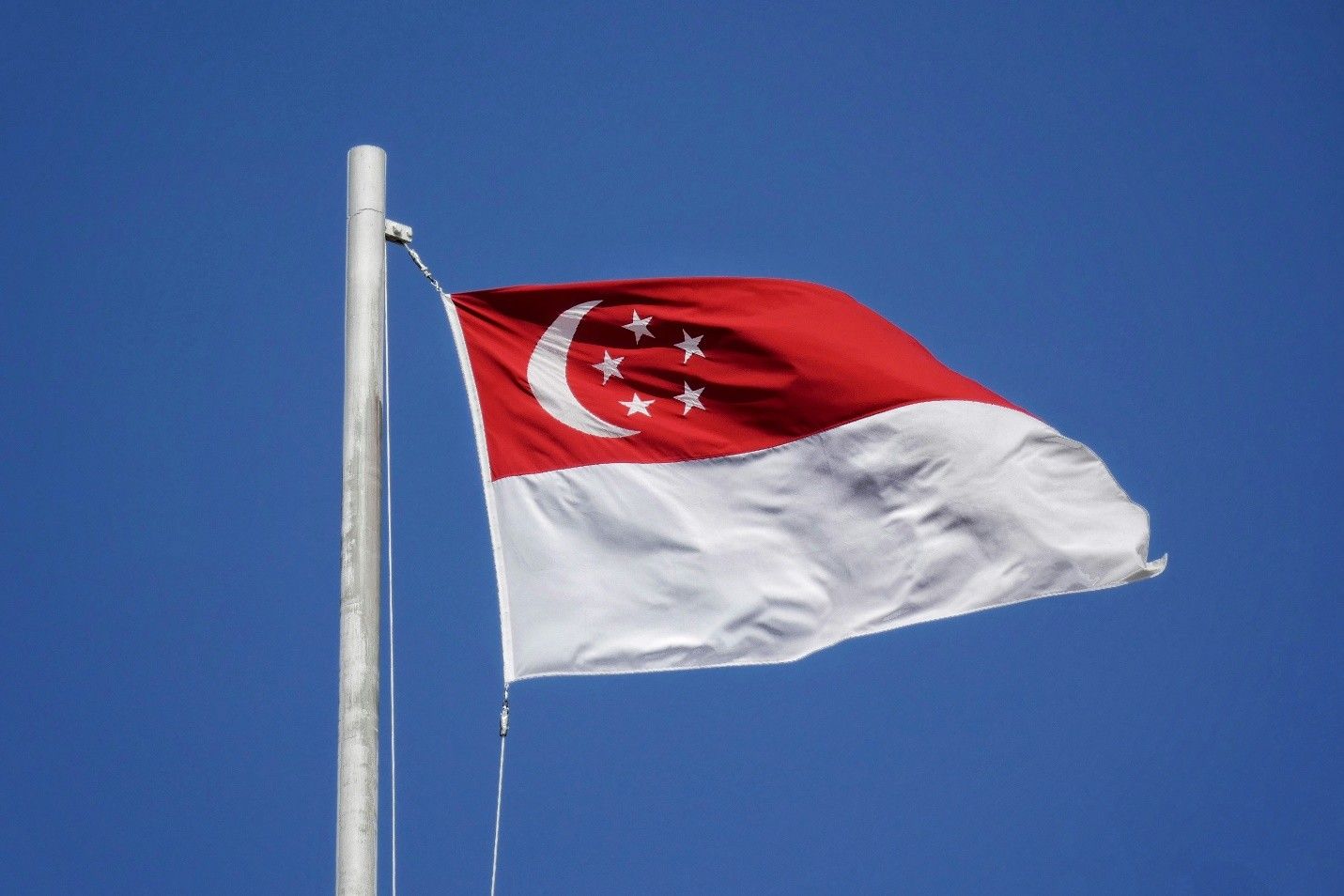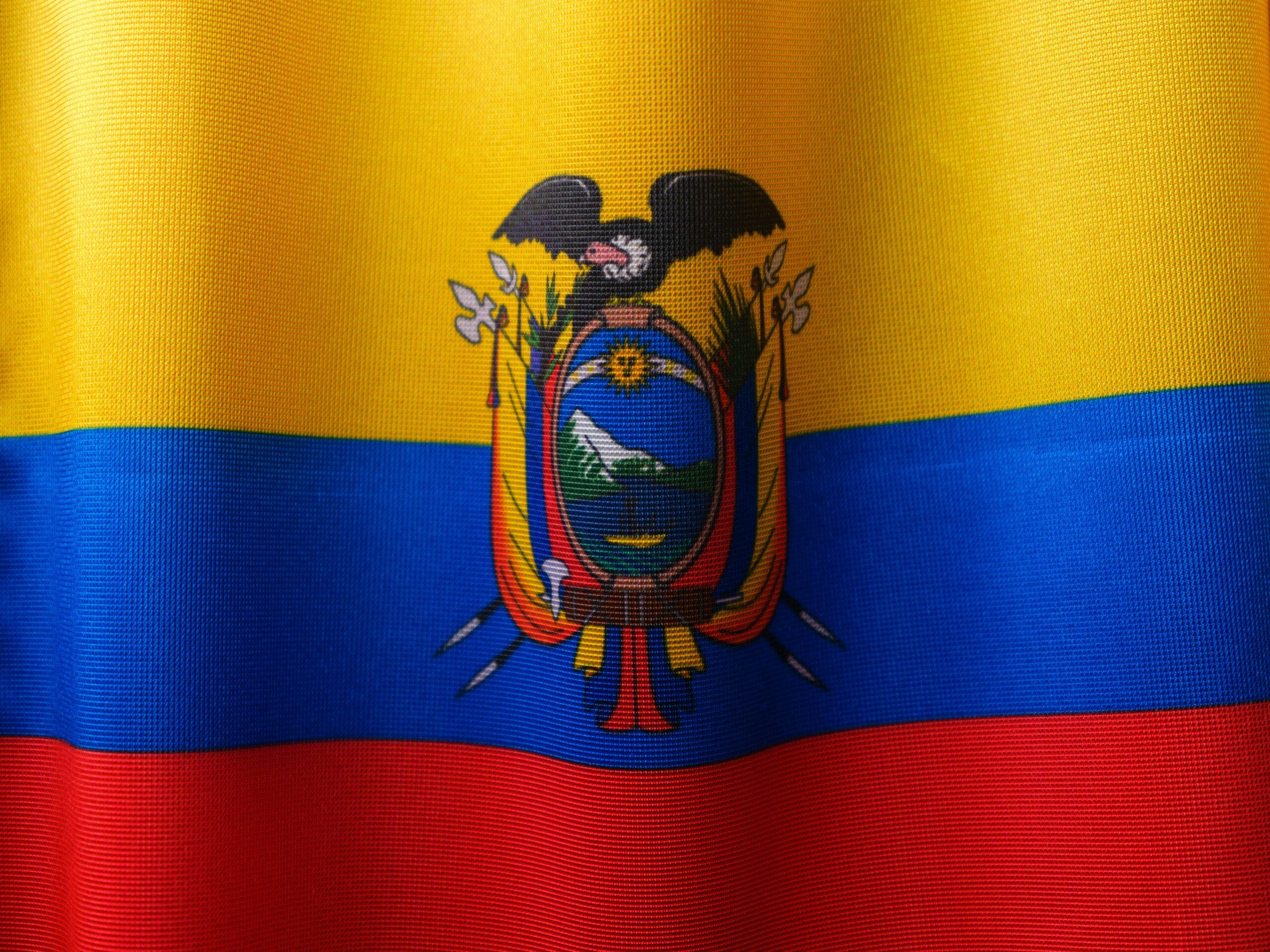
International Markets, Week in Review
Pakistan’s economic outlook improves, but trade and payment risks remain
At the start of the year, Pakistan’s economy showed remarkable improvement after years of high inflation debt and trade deficits. This positive shift was supported by improved macroeconomic management, inflation control measures and greater fiscal and external account stability.

At the start of the year, Pakistan’s economy showed remarkable improvement after years of high inflation debt and trade deficits. This positive shift was supported by improved macroeconomic management, inflation control measures and greater fiscal and external account stability.
The South Asian economy continues to stabilize into mid-year, with gross-domestic product (GDP) growing by 2.7% for the fiscal year 2025, according to the Asian Development Bank. The uptick was driven by stronger-than-expected performance in the industrial and services sectors.
Inflation dropped sharply to 4.7% in the first 10 months of FY25, down from 26.0% the year before, according to KPMG’s June economic brief. The policy rate was also reduced to 11%, from a peak of 22% the previous fiscal year, reflecting easing inflation and improved fundamentals.
Earlier in the year, debt maturities and payment delays posed serious risks to Pakistan’s economic resilience. While challenges remain, such as a widening trade deficit in goods, which reached $21.3 billion due to 11.8% import growth outpacing 6.8% export growth, some fiscal indicators have improved. Notably, the fiscal deficit narrowed to 2.6% of GDP in the first nine months of FY25, down from 3.7% during the same period last year.
In June, China agreed to rollover $3.4 billion in loans to Pakistan, two senior Pakistani government officials told Reuters. “In a move that will help boost Islamabad’s foreign exchange reserves, a requirement of the International Monetary Fund (IMF),” the article reads. “Beijing rolled over $2.1 billion, which has been in Pakistan’s central bank’s reserves for the last three years, and refinanced another $1.3 billion commercial loan, which Islamabad had paid back two months ago, the sources said.”
Meanwhile, customer payment behavior in Pakistan has shown notable improvement. According to the FCIB Credit and Collections Survey, customers averaged nine days beyond terms in June, down sharply from 45 days in January. In the latest survey, 50% of respondents said payment delays have remained unchanged, while the other half reported a decrease. By comparison, the January report showed a more mixed outlook, with responses evenly split between increasing and decreasing delays.
Despite progress, respondents still report slower payments from Pakistani customers compared to other countries. Between January and June, the most common causes of payment delays shifted from a combination of unwillingness to pay (50%), cultural norms and customs (50%) and billing disputes (50%) to primarily cash flow issues.
To mitigate risk, survey respondents recommend using a letter of credit (LC) where possible when transacting with customers in Pakistan. For imports requiring contract approval by the Economic Affairs Division or another government agency, a letter of credit is mandatory. In such cases, the State Bank of Pakistan designates specific banks to open the LC, which must be issued within 60 days of the contract’s registration, according to the World Trade REF. Additionally, since several insurance companies do not cover Pakistani customers, respondents suggest requesting cash in advance.
The bottom line: Pakistan’s economy is showing signs of recovery; however, risks remain on the trade and credit fronts. Ongoing trade imbalances and payment delays suggest that credit professionals may benefit from a cautious approach and close monitoring of market shifts when dealing with Pakistani customers.





